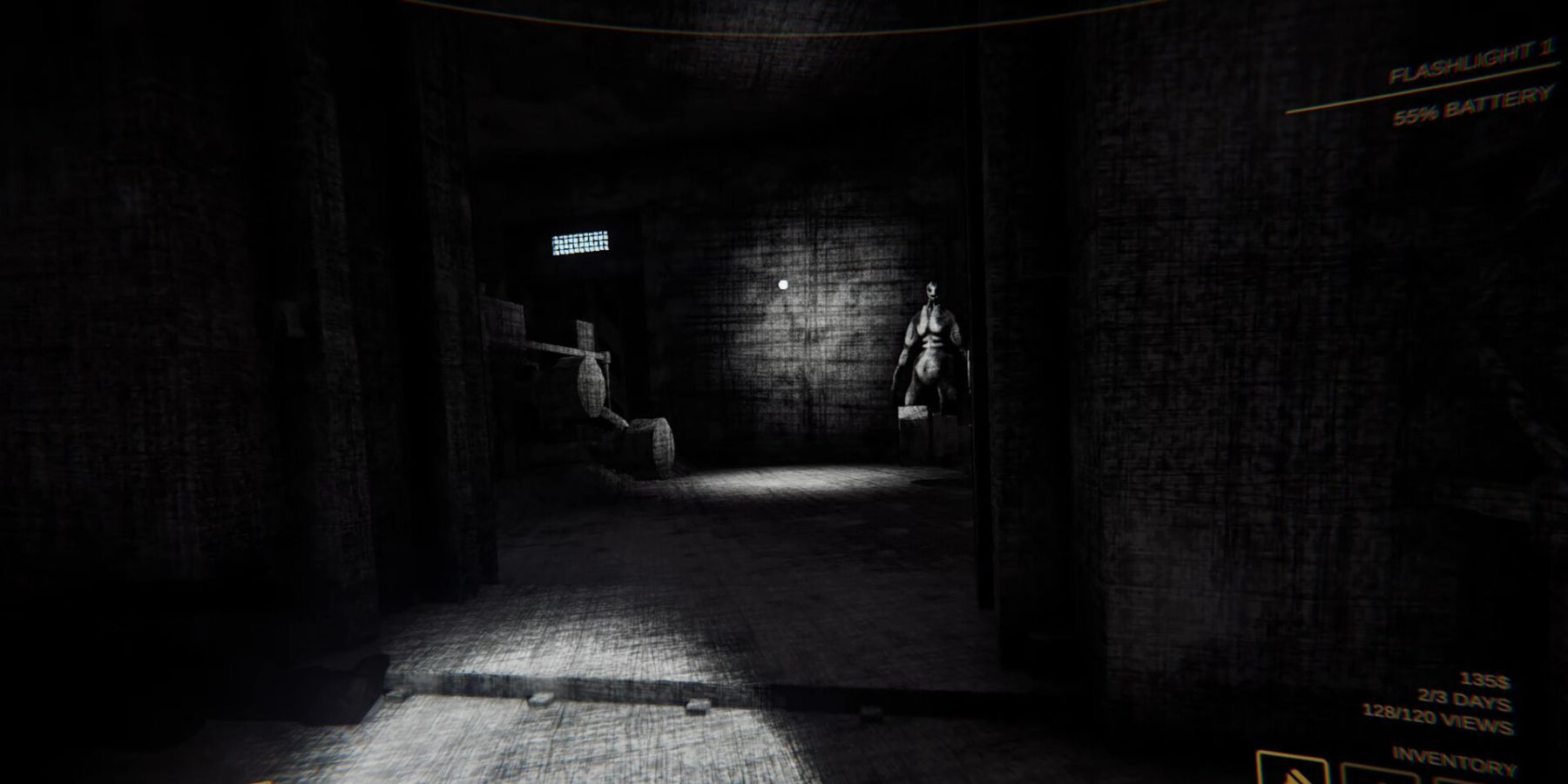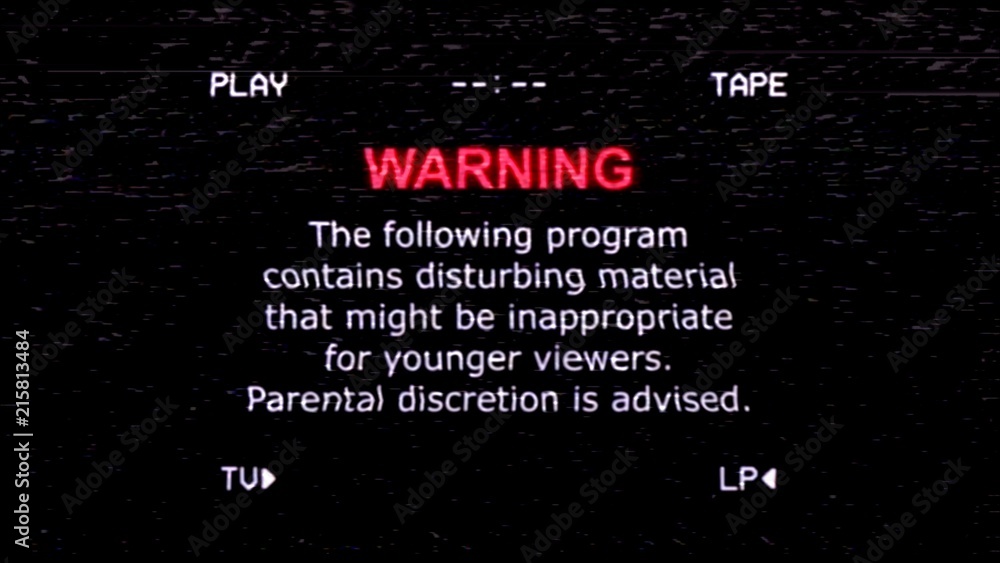Terrifying Train Tales: Disturbing Content Warning!
Have you ever felt a chill run down your spine while traveling, a sense that something is deeply amiss? Prepare to confront the unsettling underbelly of train travel, where the mundane meets the macabre, and everyday journeys transform into unforgettable nightmares. The tracks we rely on to connect us also serve as silent witnesses to tragedy, bizarre occurrences, and the darkest corners of the human experience.
The innocuous clickety-clack of the rails often masks a history etched in sorrow and strangeness. From ghostly apparitions glimpsed in fleeting reflections to inexplicable events that defy logical explanation, the stories surrounding trains are ripe with unease. Beyond the realm of the supernatural, the very nature of rail travelconfined spaces, close proximity to strangers, and the hypnotic rhythm of the journeycan amplify anxieties and create fertile ground for disturbing encounters. It is within this context, that we will examine stories of real events, tragic accidents, and brushes with the inexplicable on the iron horse.
| Category | Details |
|---|---|
| Topic | Disturbing Content and Train-Related Incidents |
| Themes | Tragedy, accidents, unexplained events, crime, horror |
| Geographic Locations | Northern California, Lower Manhattan, Canadian Pacific Railway |
| References | Film set tragedy of "Midnight Rider," Global News report on Canadian Pacific Railway incident |
| Associated Terms | Train ride nightmare, disturbing content, true crime, horror stories |
| Disclaimer | Some content may be disturbing and include graphic details. |
The tragedy surrounding the film "Midnight Rider," intended to star William Hurt, serves as a stark reminder of the potential for horrific accidents. The death of Sarah Jones, a 27-year-old camera assistant, cast a long shadow over the film industry. The incident, born from alleged negligence and a disregard for safety protocols on the set, highlights the profound risks that can arise even within creative endeavors. The unseen aspects of filmmaking, the pressures of deadlines, and the imperative to capture the perfect shot should never come at the cost of human life. The aftermath saw legal battles and a reckoning within the industry regarding set safety standards, forcing a reevaluation of risk management practices. For many, Jones's death remains a poignant symbol of the importance of prioritizing safety above all else.
Personal encounters, often shared through hushed voices, paint an equally unsettling picture. Consider the chilling tale recounted by an individual whose father worked on the trains in Northern California. He spoke of a grim task assigned to his father: clearing debris from beneath the trains, a consequence of the frequent collisions with wild animals. On one such occasion, amidst the twisted metal and shattered remnants, he discovered a partial skull adorned with long, brown hair. The macabre discovery serves as a stark testament to the hidden tolls inflicted by the relentless passage of trains, a chilling reminder of the lives, both human and animal, impacted by the relentless march of progress. These personal anecdotes, often overlooked, offer a disturbing glimpse into the realities that lie beneath the surface of everyday rail travel.
The seemingly mundane routine of commuting can also quickly descend into chaos. The news report of an alleged chokehold incident on a Lower Manhattan train underscores the volatile nature of public transport. The fact that the individual involved was released without charges raises complex questions about self-defense, the use of force, and the challenges of maintaining order within the confined space of a subway car. This incident, irrespective of its legal outcome, serves as a potent reminder of the simmering tensions and potential for conflict that can erupt within urban environments. The anonymity afforded by crowded trains can embolden aggressive behavior, while the feeling of being trapped can exacerbate anxieties and escalate confrontations.
The perception of safety on trains is often challenged by firsthand experiences. One individual described their decision to move to a different section of a train because they were bothered by someone humming. While seemingly trivial, this highlights the heightened awareness of one's surroundings and the desire to avoid potential discomfort or conflict. The fact that the washroom door remained closed throughout the journey fueled a sense of unease, prompting speculation about the unseen occupant. These seemingly insignificant details contribute to an overall atmosphere of tension and apprehension, transforming a routine commute into a psychological ordeal. The seemingly safe and controlled environment of a train can quickly become a breeding ground for paranoia and suspicion.
- Decoding Lady Gagas Bad Romance Meaning Lyrics Impact
- Woofi Defi Guide Global Connectivity Troubleshooting
Beyond anecdotal accounts, factual reports of animal fatalities on railways continue to surface. Footage obtained by Global News documented the horrific sight of a Canadian Pacific Railway train running over dozens of antelope in November. As Emily Olsen reported, the incident sparked outrage and raised serious concerns about wildlife management practices and the environmental impact of railway operations. The sheer scale of the carnage serves as a chilling indictment of the destructive potential of human infrastructure on natural ecosystems. The incident sparked calls for stricter regulations and mitigation measures to prevent similar tragedies in the future, highlighting the ethical responsibility of railway companies to minimize their impact on wildlife populations. The visual imagery of the event, captured on video, proved particularly disturbing, sparking widespread condemnation and fueling the debate over environmental conservation.
The power of suggestion and the pervasiveness of disturbing imagery also play a role in shaping our perceptions of train travel. The warning about "disturbing content" associated with certain logos underscores the potential for shock and offense. The mention of "gore" and "jumpscares" highlights the deliberate use of unsettling elements to elicit strong emotional reactions. This type of content, often encountered online or in media, can contribute to a generalized sense of anxiety and unease, conditioning individuals to anticipate danger or discomfort in unexpected places. The constant bombardment of negative imagery can erode our sense of security and create a climate of fear, even in seemingly safe environments.
Moreover, stories shared on platforms dedicated to "roommates from hell" provide further insight into the darker aspects of human interaction within confined spaces. While not directly related to train travel, these narratives underscore the potential for conflict, manipulation, and even abuse within shared living environments. The enclosed nature of a train car, with its limited personal space and enforced proximity to strangers, can amplify these tendencies and create conditions conducive to harassment and intimidation. The lack of privacy and the inability to escape unwanted attention can make train travel particularly vulnerable to such behaviors.
The chilling phrase "train ride nightmare" encapsulates the anxieties and fears associated with this mode of transport. It suggests a complete breakdown of order and safety, a descent into chaos and terror. The use of the word "nightmare" evokes a sense of helplessness and vulnerability, highlighting the potential for psychological trauma. This phrase serves as a stark reminder of the importance of vigilance and self-preservation when traveling by train, urging individuals to be aware of their surroundings and prepared to react to potential threats. The phrase itself has become a shorthand for a particularly harrowing and unsettling experience, capturing the collective unease associated with train travel.
Even the seemingly innocuous act of searching for information online can lead down unsettling paths. The repeated message "We did not find results for:" combined with the suggestions to "Check spelling or type a new query" highlights the limitations of search algorithms and the potential for encountering irrelevant or misleading information. In the context of disturbing content, this can create a sense of frustration and unease, as individuals struggle to find reliable sources of information about sensitive topics. The algorithmic echo chamber can also reinforce existing biases and create a distorted perception of reality, amplifying anxieties and fears. The search for answers can sometimes lead to even more unsettling questions.
The instruction to "Comment below!\ud83d\ude86 3 disturbing true trai" encourages engagement and participation, but also hints at the potential for sensationalism and the exploitation of tragedy. The use of the train emoji adds a layer of irony, juxtaposing the mundane with the macabre. The invitation to share personal experiences can be both cathartic and dangerous, as individuals may be tempted to reveal sensitive information or perpetuate harmful stereotypes. The anonymity of online forums can also embolden malicious behavior, creating a breeding ground for harassment and misinformation. The quest for connection and validation can sometimes lead to the dissemination of disturbing content and the perpetuation of harmful narratives.
The warning "disturbing content disclaimer message background" serves as a legal safeguard, protecting content providers from liability while also alerting viewers to the potential for offense or distress. However, such disclaimers can also desensitize individuals to the impact of disturbing imagery, normalizing violence and desensitizing individuals to the suffering of others. The constant exposure to graphic content can erode empathy and create a climate of indifference, making it increasingly difficult to distinguish between reality and fiction. The normalization of disturbing content can have far-reaching consequences, shaping our perceptions of violence, justice, and human suffering.
Finally, the phrase "These are three photos, two exclusive to this video, with downright disturbing backstories. Insta:" suggests the deliberate curation and presentation of disturbing content for entertainment purposes. The promise of "exclusive" content creates a sense of urgency and scarcity, enticing viewers to engage with potentially harmful material. The reference to "backstories" hints at the exploitation of tragedy for profit, transforming human suffering into a commodity. The use of social media platforms like Instagram facilitates the rapid dissemination of disturbing content, amplifying its reach and impact. The relentless pursuit of clicks and views can incentivize the creation and distribution of increasingly graphic and sensationalized material.
The compilation of these disparate elements real-life tragedies, personal anecdotes, crime reports, animal fatalities, and online content warnings paints a disturbing picture of train travel and its associated anxieties. It is a landscape riddled with potential dangers, both real and imagined, where the mundane can quickly transform into the macabre. This unsettling reality serves as a potent reminder of the importance of vigilance, empathy, and critical thinking when navigating the complex and often unpredictable world around us.
Ultimately, the compilation paints a picture of a world where disturbing content is not merely an anomaly, but a pervasive undercurrent woven into the fabric of our daily lives. The train ride nightmare, while perhaps a rare occurrence in its most extreme form, serves as a potent metaphor for the anxieties and fears that lurk beneath the surface of our seemingly safe and predictable routines.
- Ice Spices Real Name Revealed Her Background Story
- Stray Kids Maknae Line Age Birthday Facts You Need To Know

5 Disturbing Train Ride Horror Stories YouTube

How to Film Something Scary in Content Warning

An old noisy VHS tape screen showing a warning message the following